Advanced Search
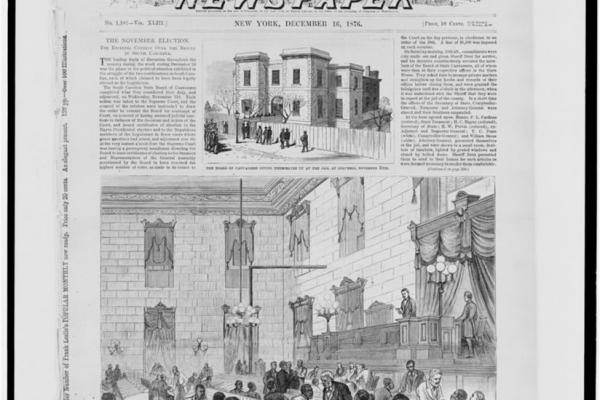
Frank Leslie's Illustrated, showing a "deadlock" in the South Carolina legislature at Columbia; from sketches by Harry Ogden. 1876
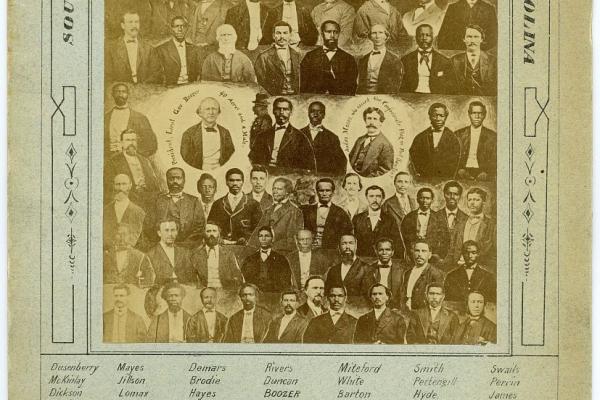
Photomontage of members of the first South Carolina legislature following the Civil War, mounted on card with each member identified; Thomas Miller is third column, bottom row; Henry Johnson Maxwell, the father of Miller's future son-in-law the attorney Charles W. Maxwell, third column, fourth from the bottom.
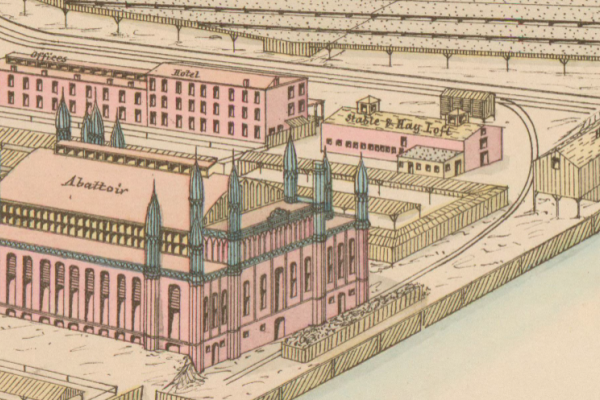
Hexamer General Survey diagram shows the location of Philadelphia Stockyards abattoir and the stockyards’ offices and “hotel,” the latter a structure for holding cattle preparatory to slaughter (although its relationship with the abattoir isn’t clear).
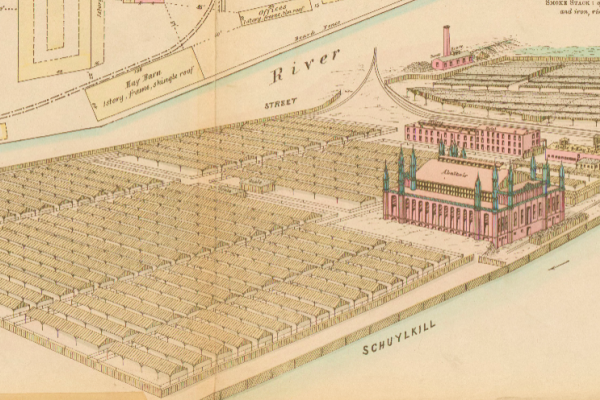
The Hexamer General Survey diagram shows the layout of the Philadelphia Stockyards and the abattoir
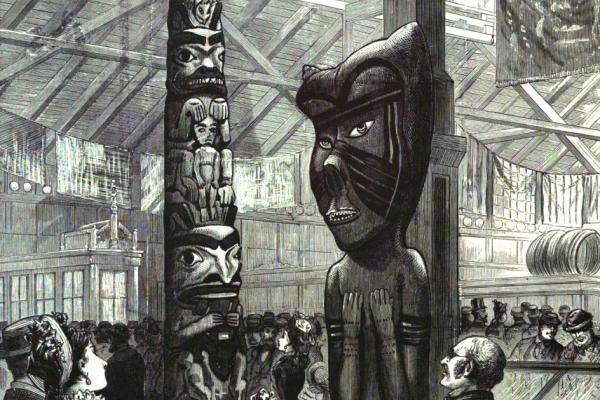
The Department of the Interior collaborated on its Indian exhibit with the Smithsonian Institution, which would inherit the artifacts on display and exhibit them in the soon-to-be-built Arts and Industries Building in Washington, DC (constructed in 1878, modeled on the Centennial’s Government Building).
With the organizers’ placement of the hand of Bertholdi’s Statue of Liberty on the fairgrounds and the Statue of the Freed Slave in Memorial Hall, the Centennial Exposition publicly proclaimed the nation’s devotion to liberty. Yet this imprint from Frank Leslie’s historical register of the Centennial Exposition is the only surviving image that shows respect for African Americans.
The Women’s Centennial Executive Committee at their headquarters on Walnut Street, Philadelphia. Mrs. E.D. Gillespie, the committee’s president (seated at table), is shown receiving reports from subcommittees.
Gillespie was president of the Women’s Centennial Executive Committee, which planned, funded, and organized the Women’s Pavilion.
Rain did not damper the enthusiasm of the huge 4th of July Exposition crowd, shown in this illustration celebrating 100 years of American independence. On this occasion, Philadelphia authorities formerly transferred the Exposition grounds to the Centennial Commission.

Looking east on Main Ave. in the Main Exhibition Building, a potpourri of exhibits.